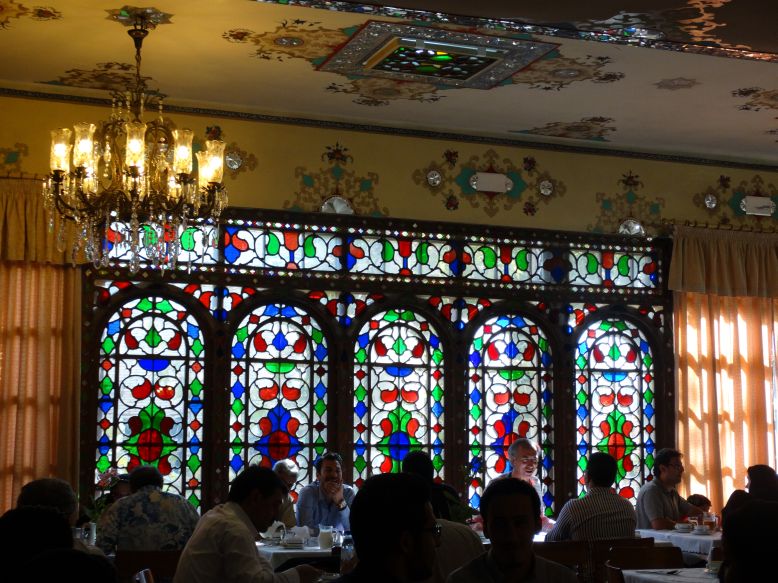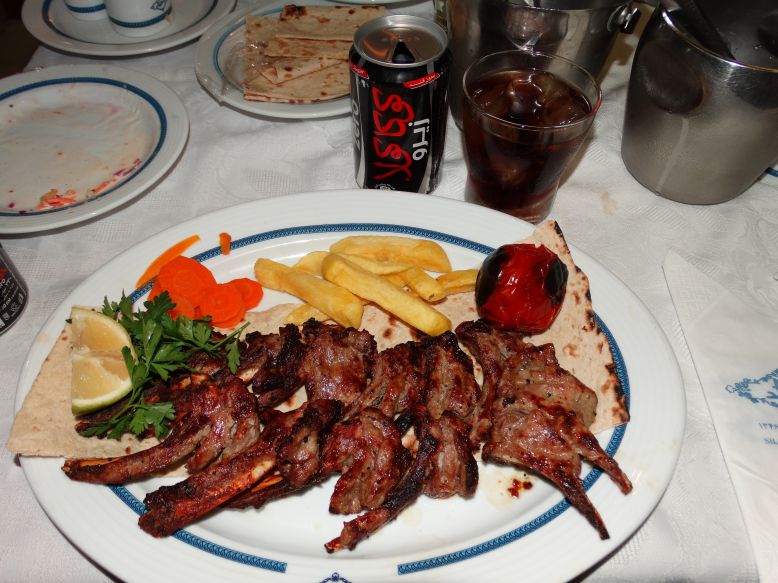Esfahan
---------------------------------------
Esfahan is located on the main north/south and east/west routes crossing Iran and was once one of the largest cities in the world. Today it is the country's third largest city. It flourished from 1050 to 1722, particularly in the 16th century under the Safavid dynasty when it became the capital of Persia. Even today the city retains much of its past glory. It is famous for its Islamic architecture with many beautiful boulevards, covered bridges, palaces, mosques, and minarets. It was a dream of mine to visit this place one day, and it didn't disappoint when I finally got there.

---------------------------------------
The Naqsh e Jahan Square in Esfahan is one of the largest city squares in the world and an outstanding example of Iranian and Islamic architecture. It has been designated by UNESCO as a World Heritage Site. Our hotel was based a short distance down the road from here, and I visited the square many times during the next several days to soak in its atmosphere at different times of day and night.

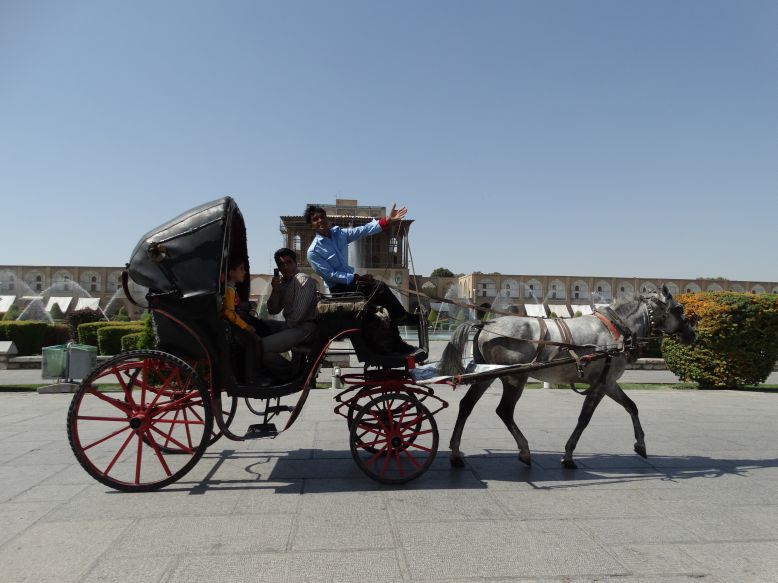
---------------------------------------
For me, the highlight of Naqsh-e Jahan Square, the highlight of Esfahan -- indeed the highlight of the entirety of Iran -- was the Sheikh Lotfallah Mosque. Construction of the mosque started in 1603 and was finished in 1619, and it has been drawing people from around the world here ever since. Stunning both inside and outside, it is the very definition of beauty.

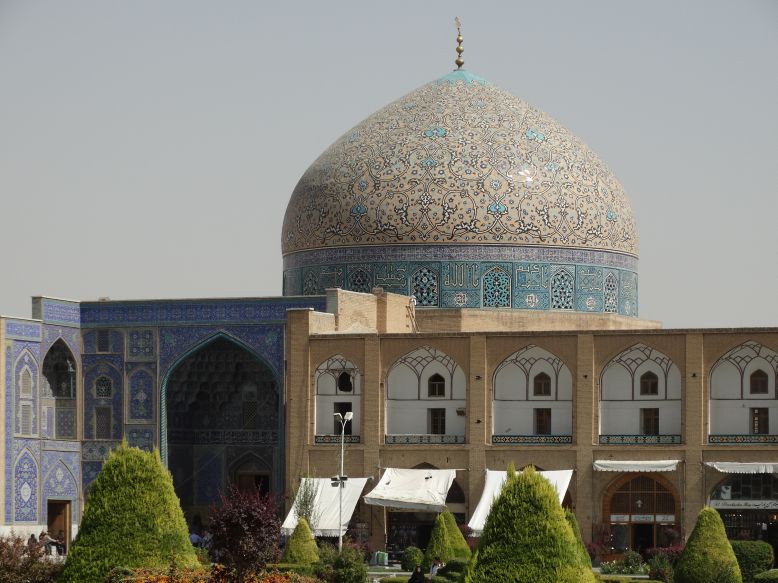


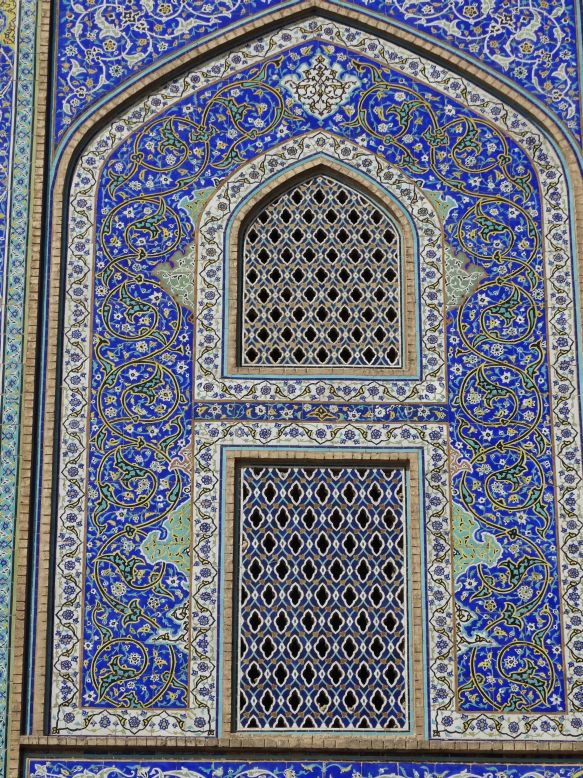
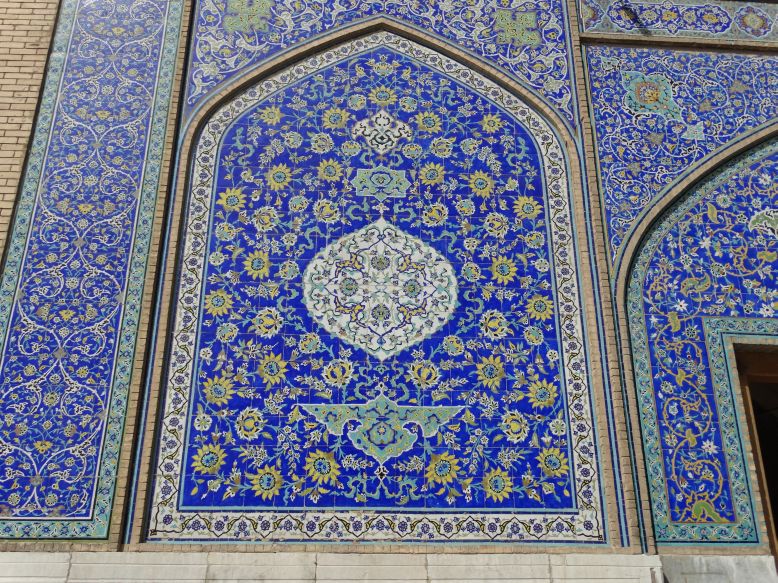
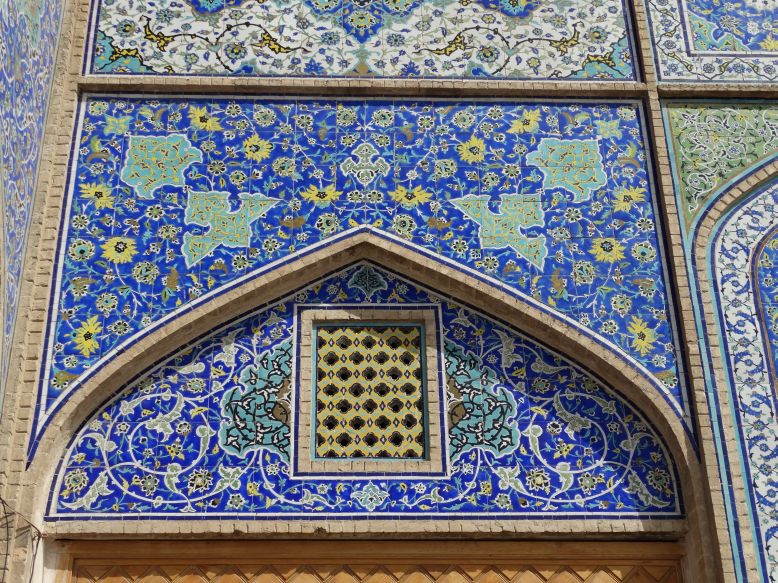

---------------------------------------
The interior of the Sheikh Lotfallah Mosque just might be the most beautiful man-made thing on earth. I stayed inside until they closed for mid-day break and had to kick me out. The minders were probably not surprised when I returned again later after they re-opened.
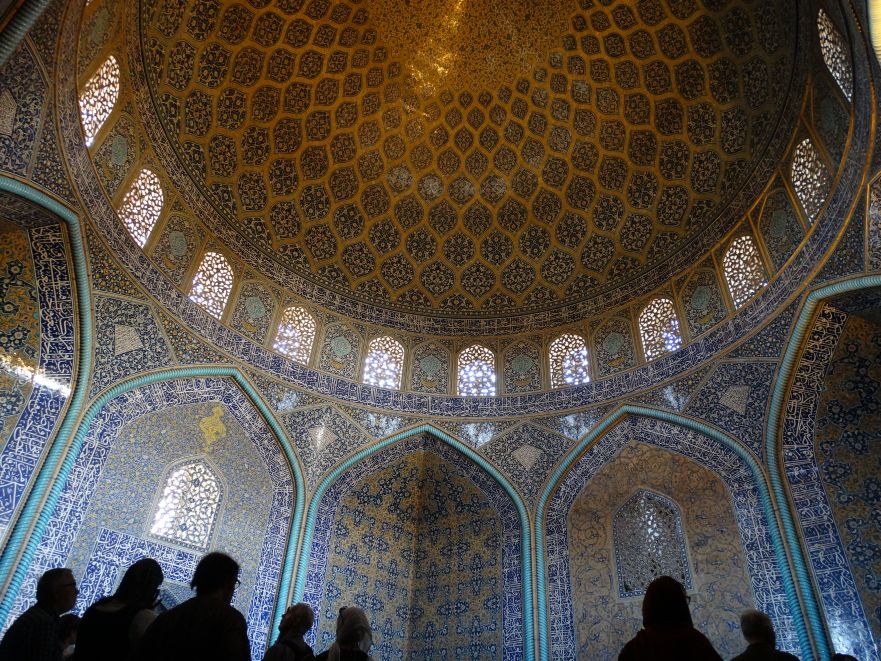

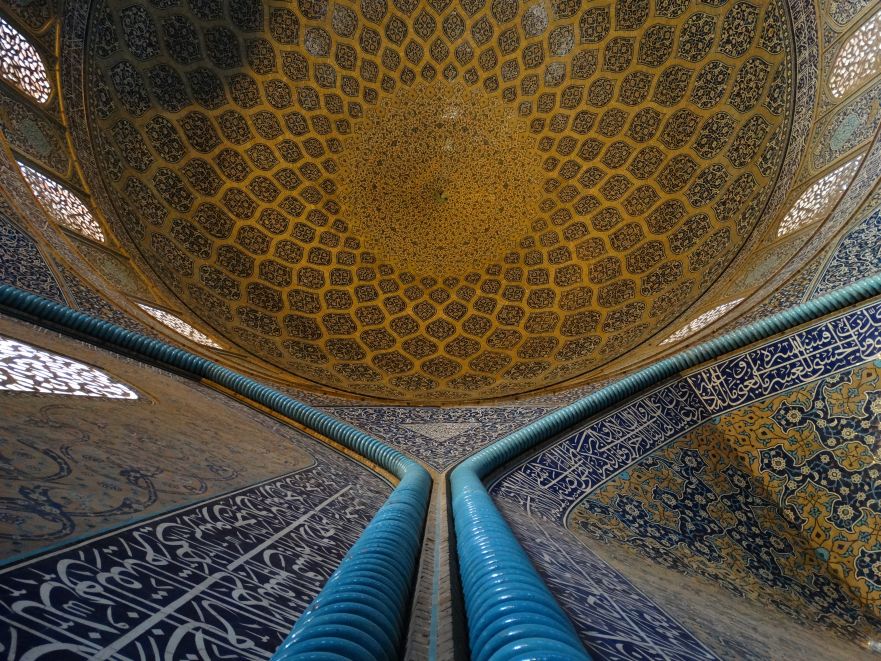
---------------------------------------
Directly across the square from Sheikh Lotfallah Mosque lies Ali Qapu Palace, the name derives from Arabic "Ali" (meaning "imperial" or "great"), and Turkic "Qapu" (meaning "gate"). Built by decree of Shah Abbas I in the early 17th Century, it was here that the great monarch used to entertain noble visitors and foreign ambassadors. The palace is decorated with many paintings including those of showing human form, very rare in today's Islamic World.
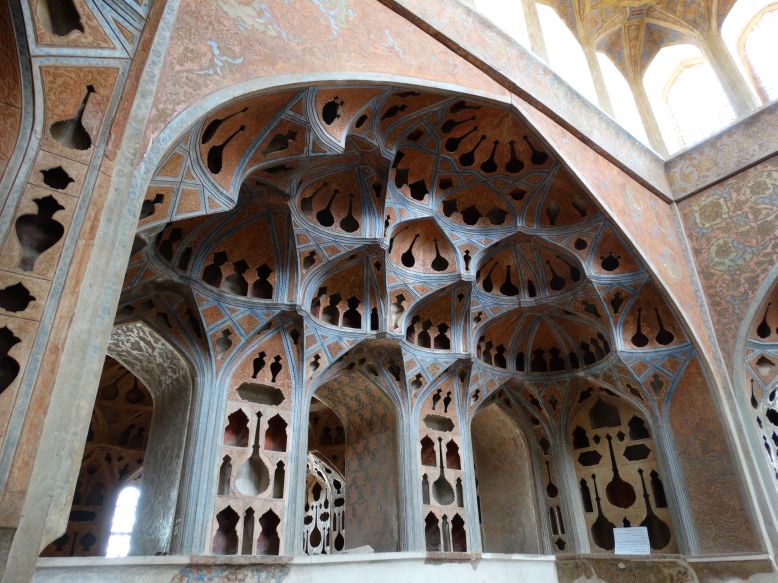
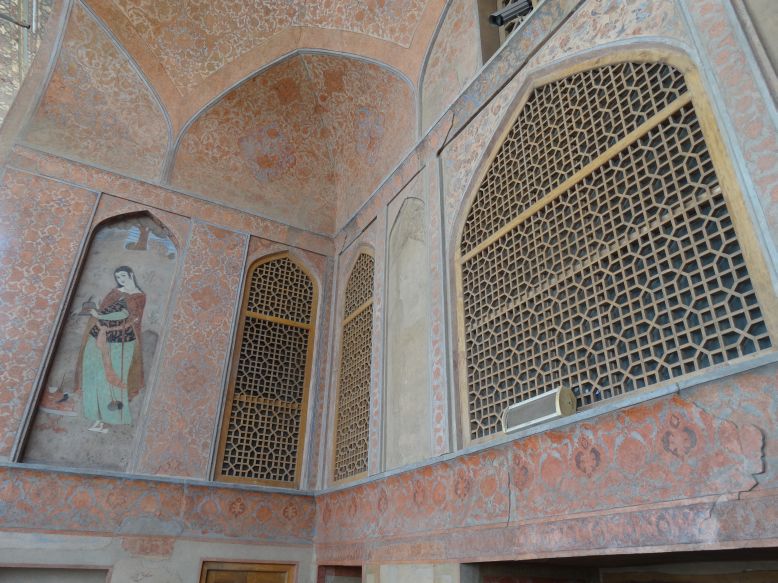

---------------------------------------
The Shah Mosque, also known as the Imam Mosque after the 1979 Islamic revolution, anchors the southern side of Naqsh e Jahan Square in Esfahan. Its construction began in 1611, and its splendor is mainly due to the beauty of its seven-color mosaic tiles and calligraphic inscriptions. It, like so many others structures in this amazing place, is registered as a UNESCO World Heritage site.


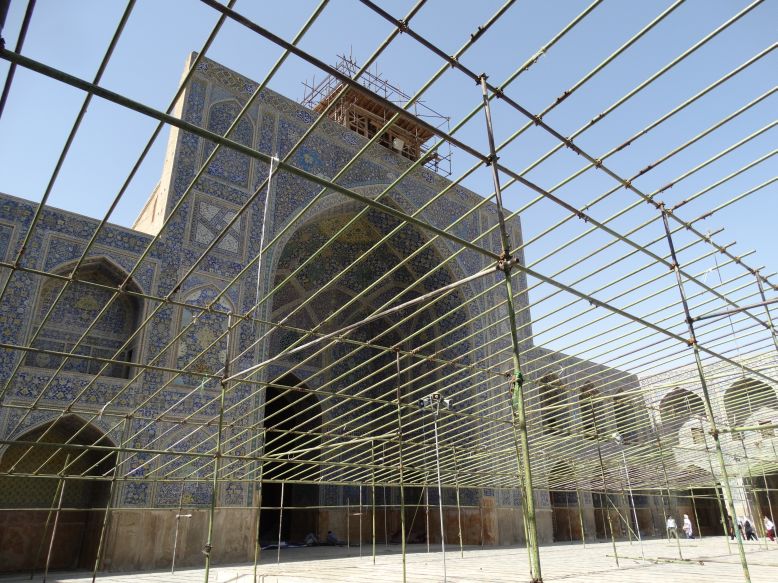



---------------------------------------
The interior of the Imam Mosque dome is one of the largest in the region, covered with polychrome tiles intended to give the spectator a sense of heavenly transcendence.. The acoustics here are also famous for the echoes produced by clapping directly underneath its apex. Here, a shot of the underside of the spectacular dome itself together with a local woman transfixed by wonder at the sight.
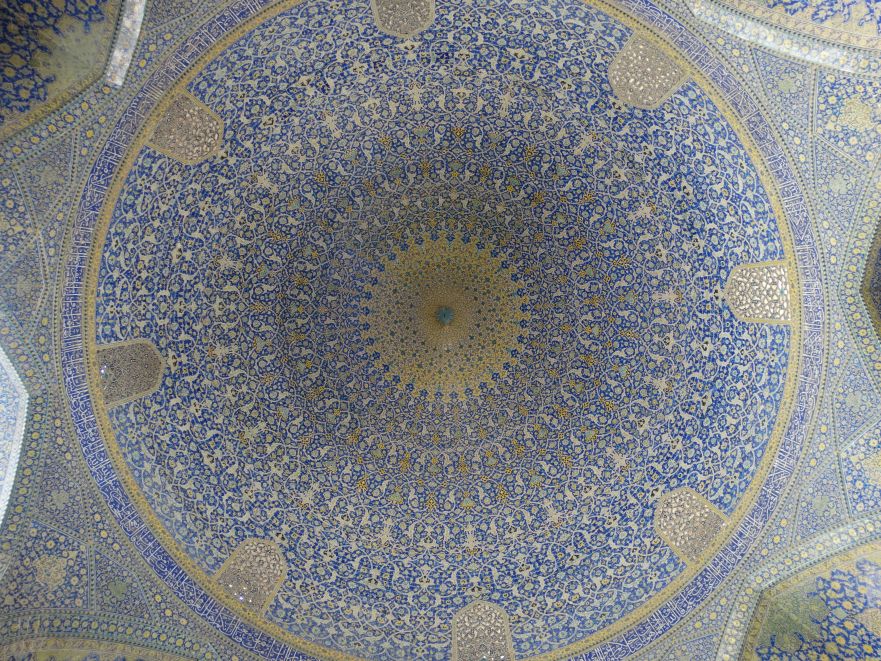
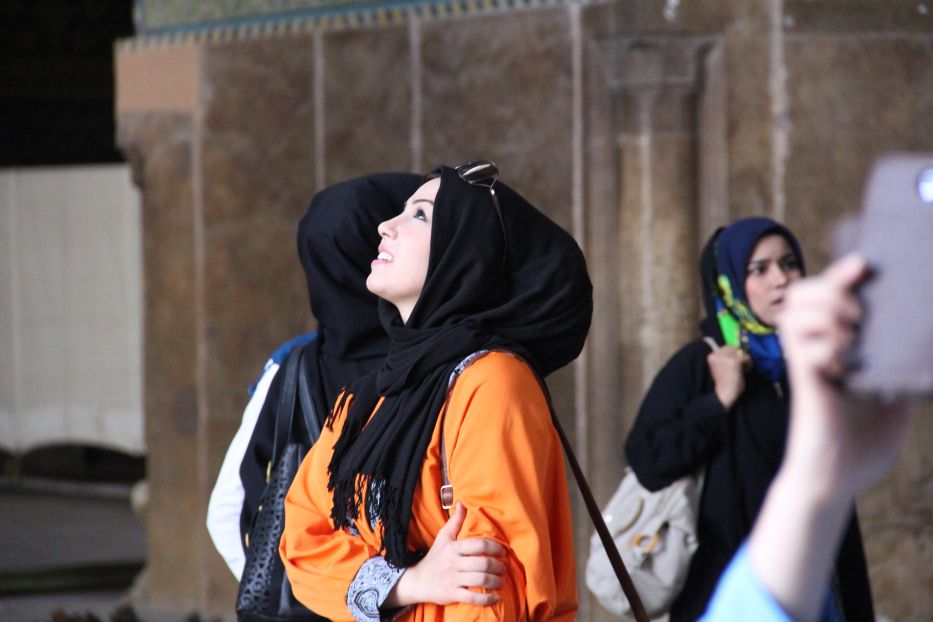
---------------------------------------
A massive bazaar circles around the entire rim of the Naqsh e Jahan Square with an amazing array of products and handicrafts geared for both locals and tourists. It is also a convenient way to escape the mid-day heat.
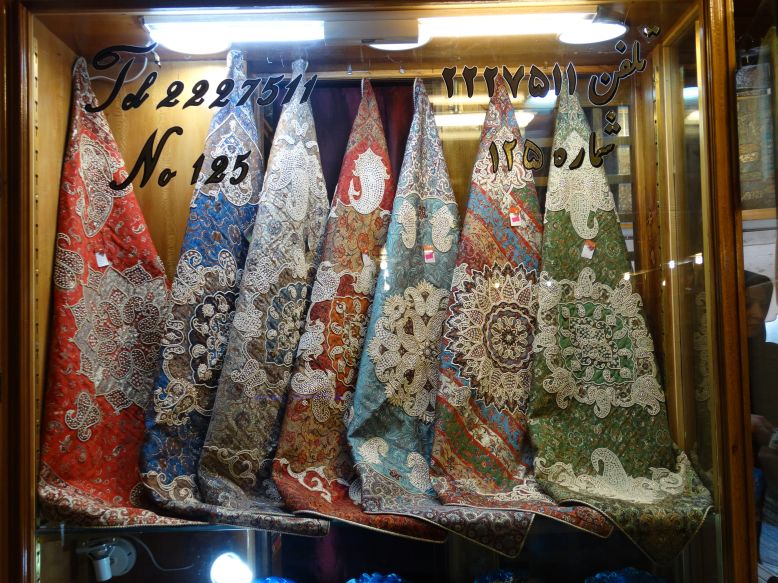
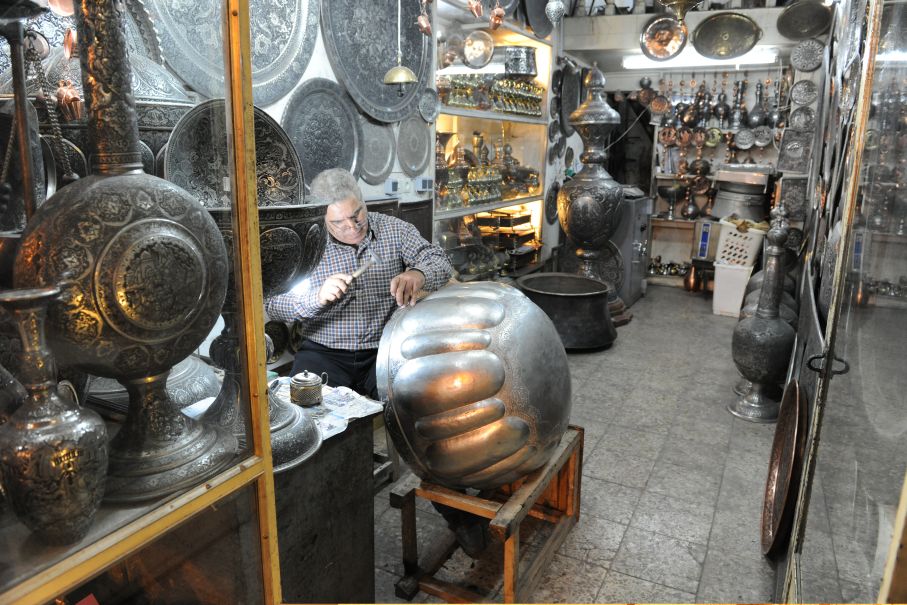
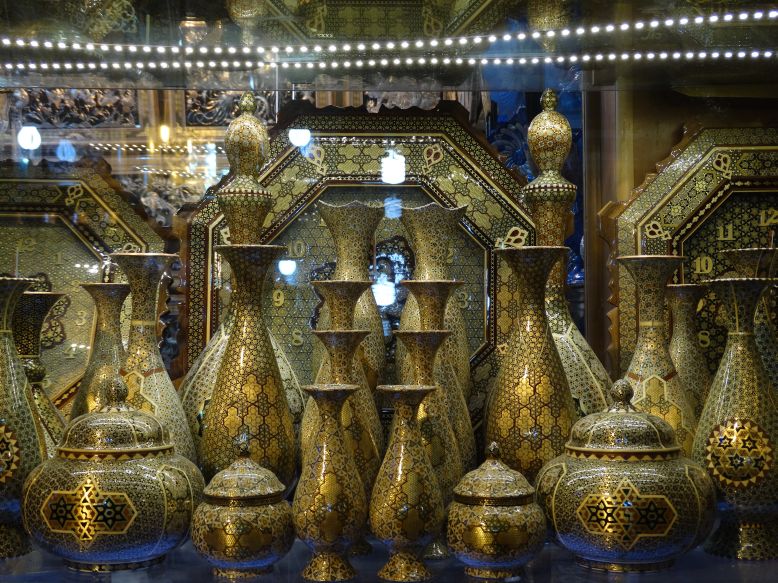
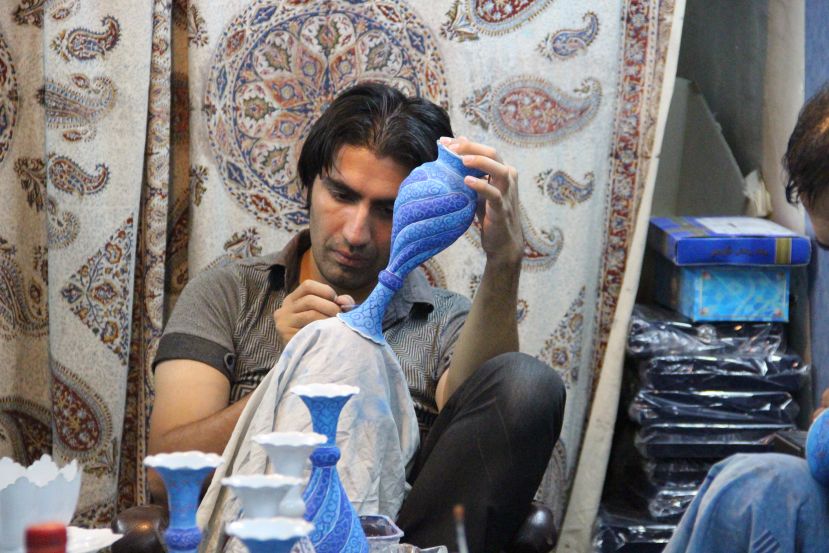
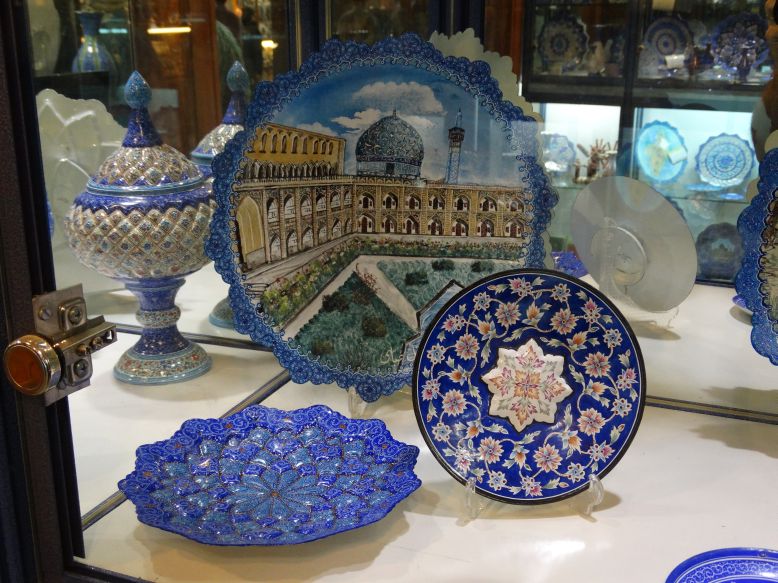
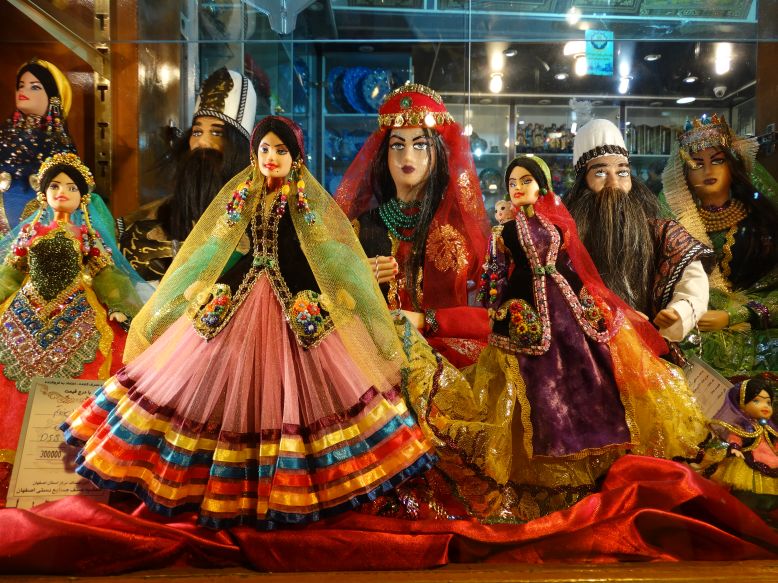
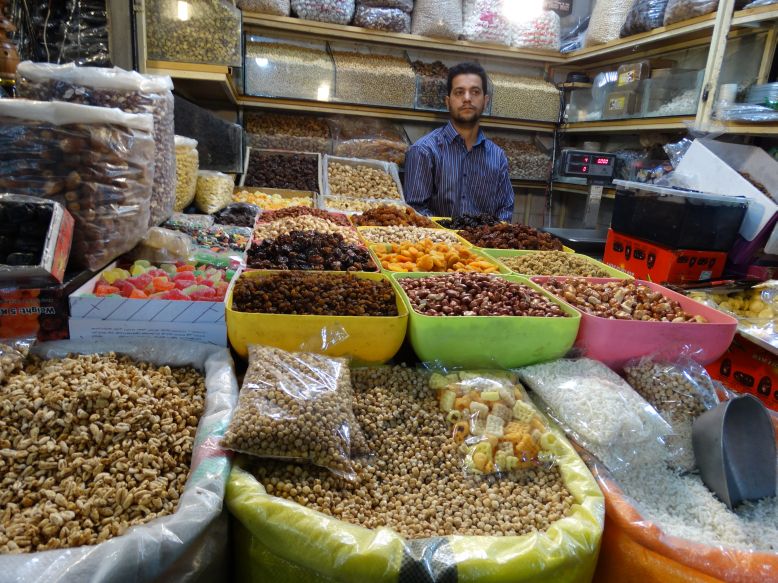

---------------------------------------
Chess pieces from a set featuring warriors of Mohammed against the Christian infidels.
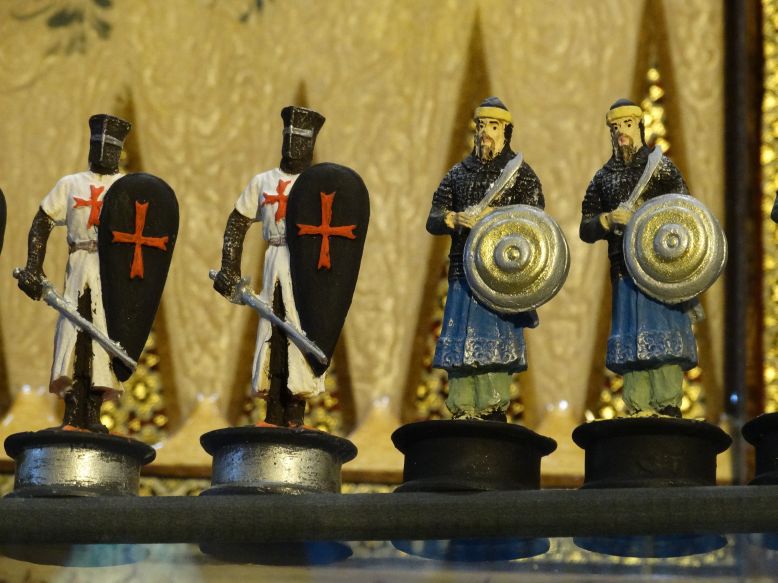
---------------------------------------
Restaurants also compete for attention around the periphery of Naqsh e Jahan Square. Below are a few shots of the sumptuous interior of the Bastani Traditional Restaurant and the chicken kebab I enjoyed for lunch. The six-digit prices posted out front would induce sticker shock in most of the rest of the world but here represent a fair price for a delicious meal.
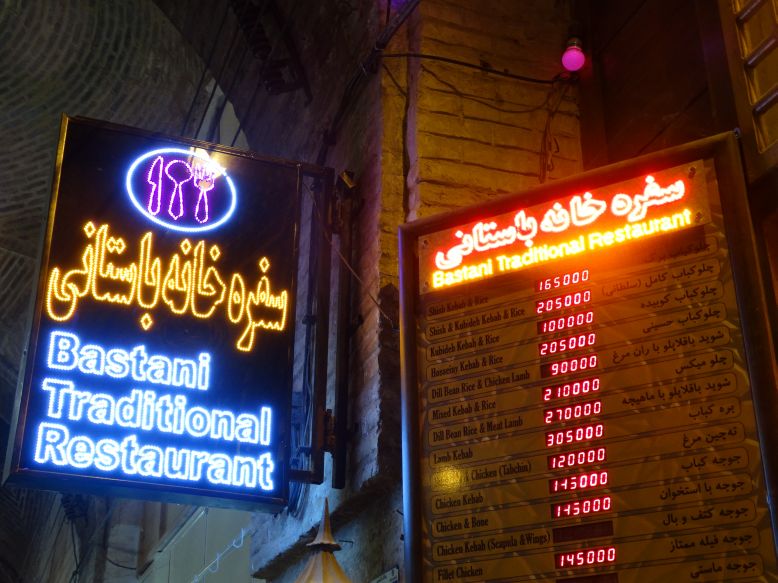
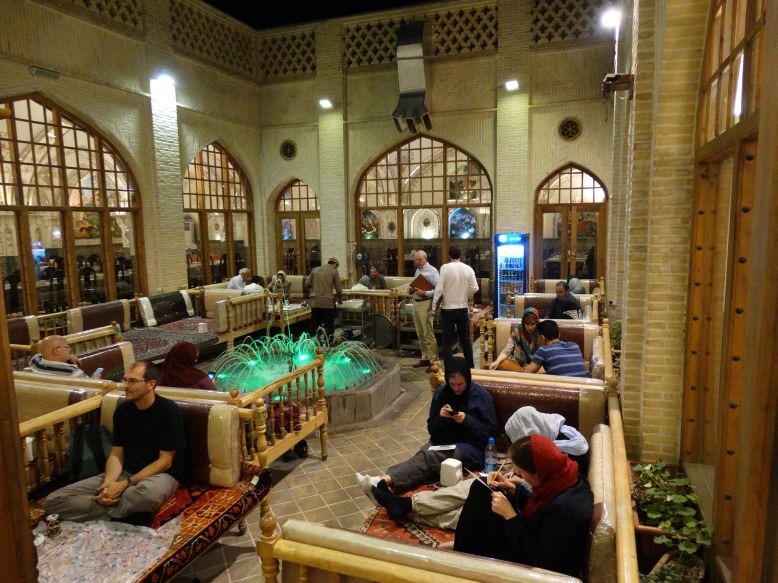
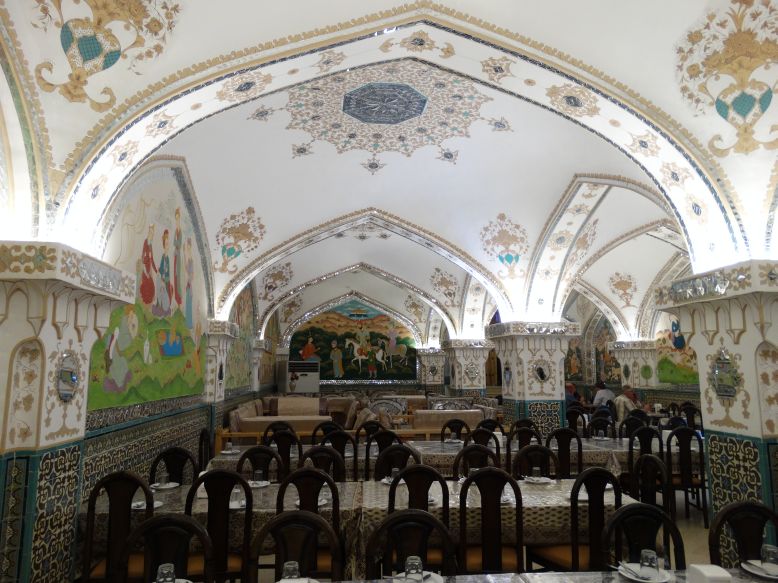

---------------------------------------
Amazing Siosepol Bridge (literal meaning: Bridge of 33 Arches), the longest bridge in Esfahan, was built between 1599 - 1602.
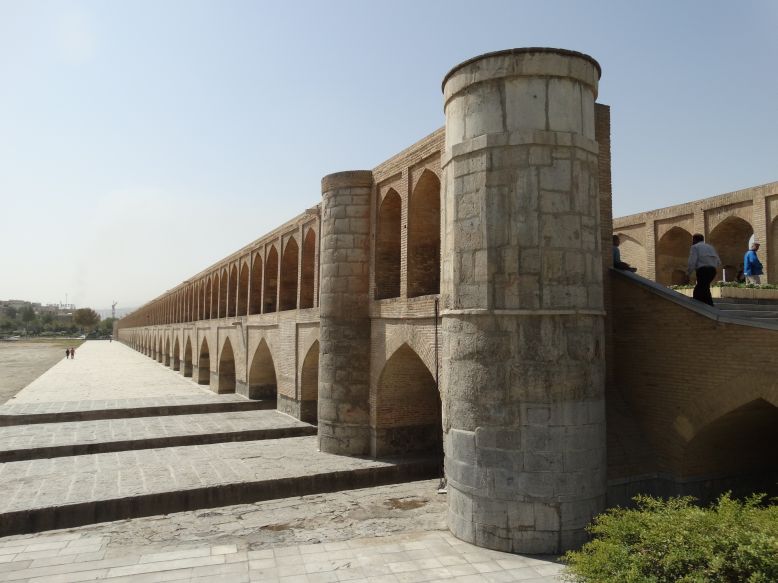




---------------------------------------
Some random shots during random walks through Esfahan. A salute from a tourist policeman, gushing fountains, girls sharing a snack in a park.
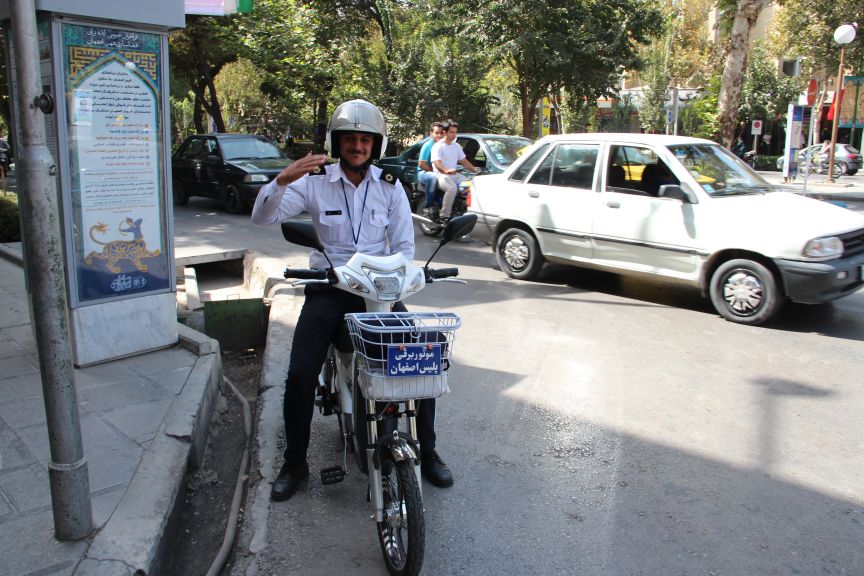

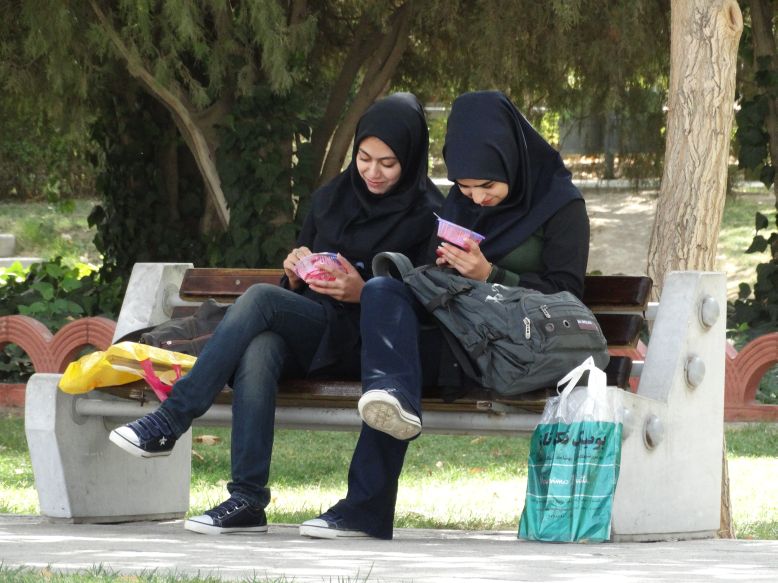
---------------------------------------
More random Esfahan snapshots: Iranian version of KFC, local girl posing with giant flower bouquet, entrance to the Museum of Natural History.
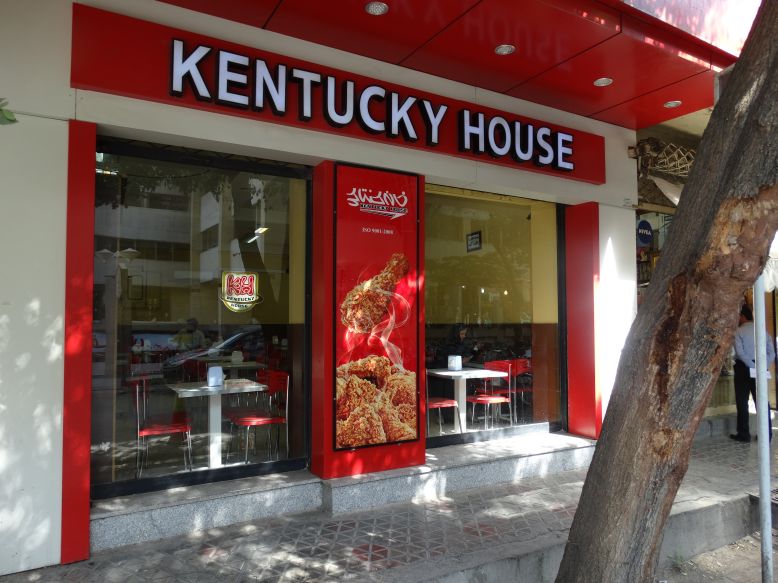
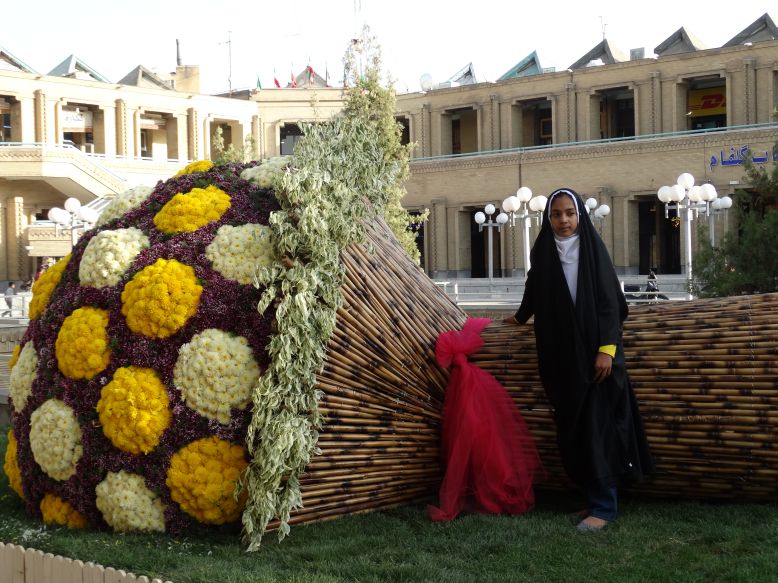
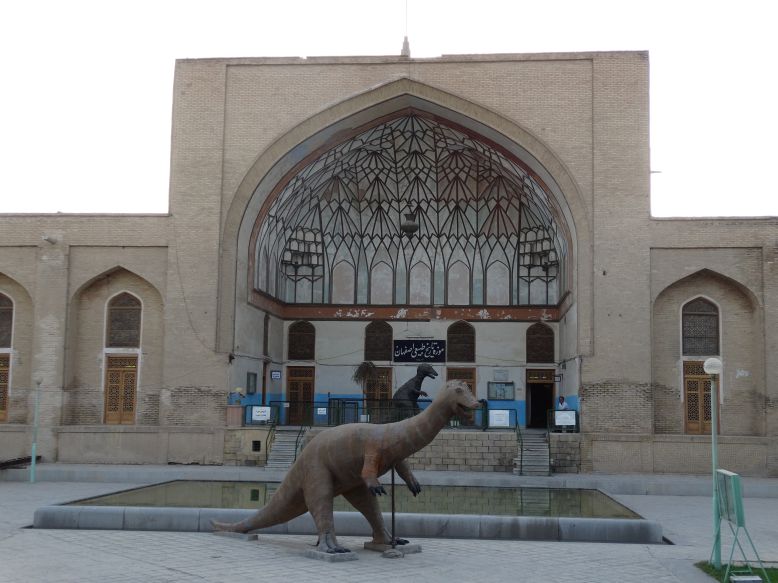
---------------------------------------
Glimpses of the Islamic facet of the Islamic Republic. Portraits of Imam Khomeini are ubiquitous, as are the Koranic teachings that line the gates of many official government buildings in Iran.


---------------------------------------
Historic Vank Cathedral, Esfahan's most famous Armenian church, constructed in the early 17th Century.
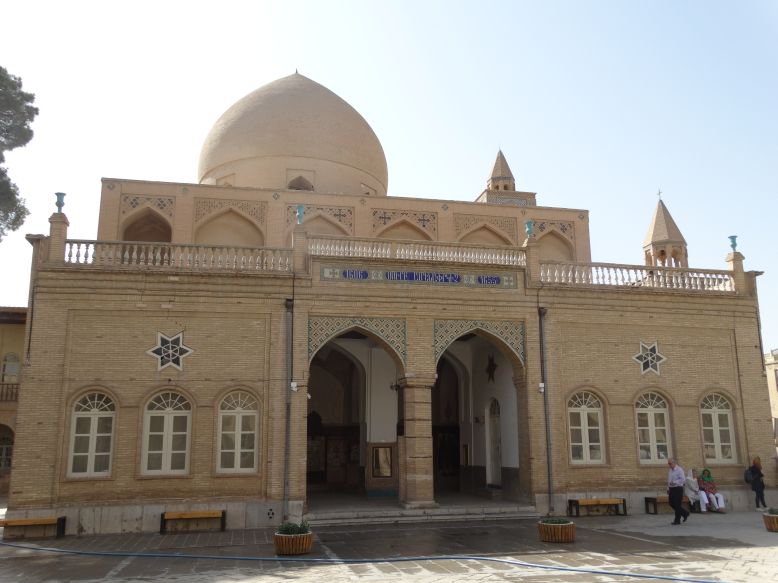
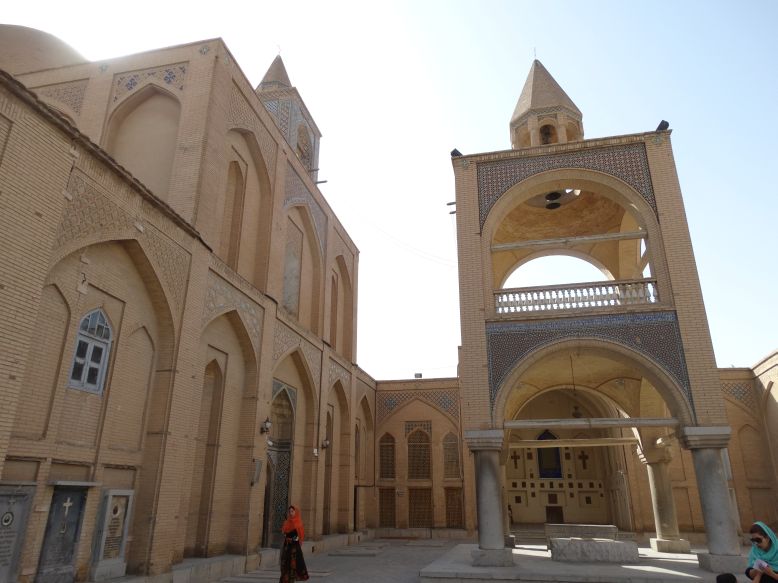
---------------------------------------
The interior of Vank Cathedral is covered with fine paintings, gilded carvings, and rich tile work. The delicately-painted blue and gold painted central dome depicts the Biblical story of creation of the world and man's expulsion from Eden.
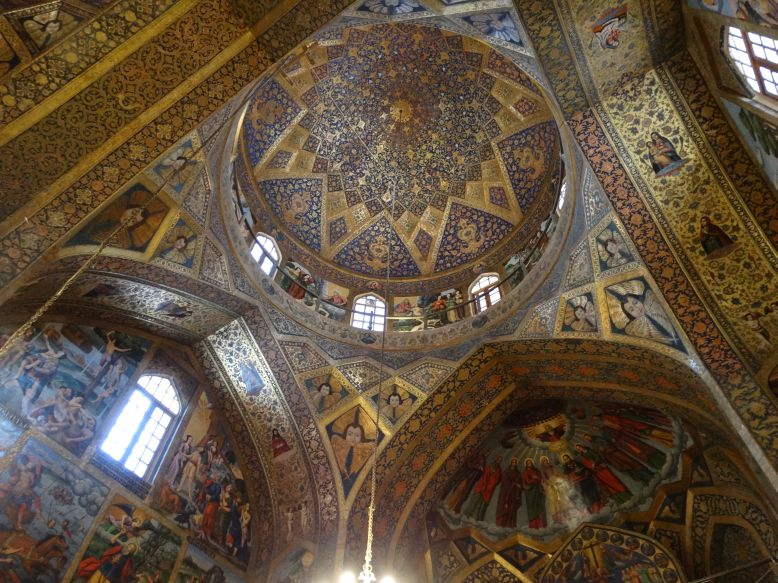
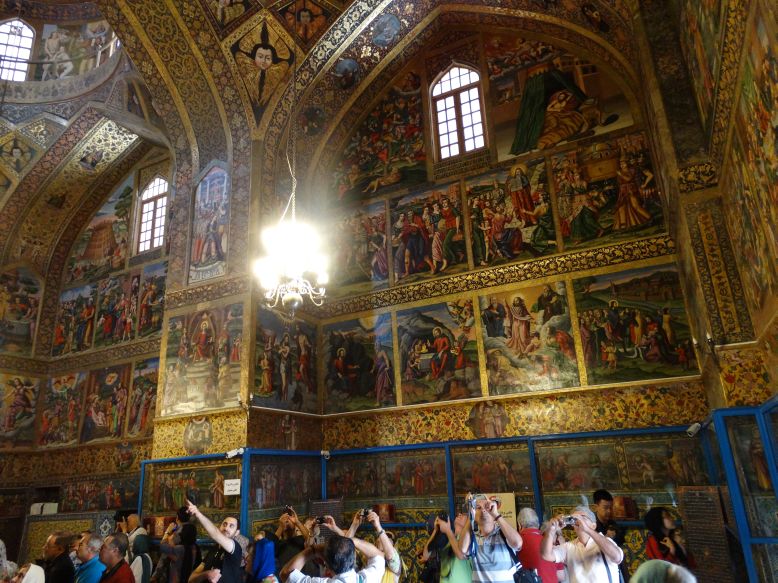
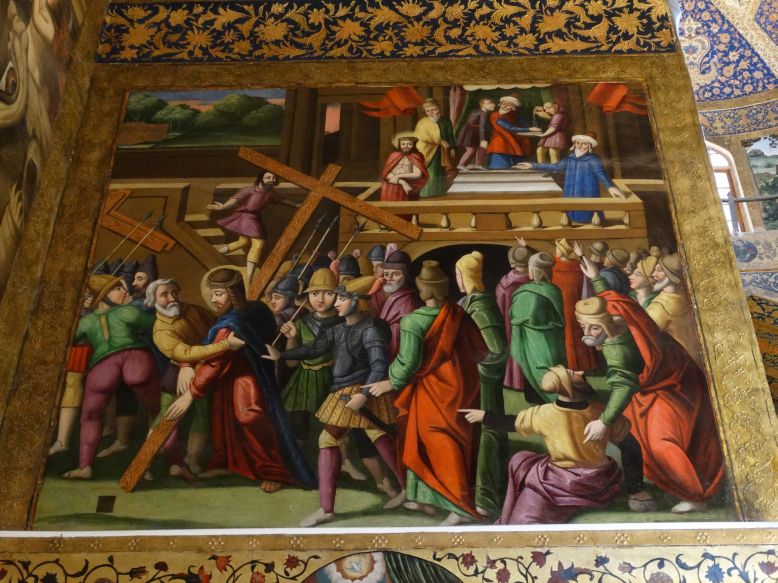
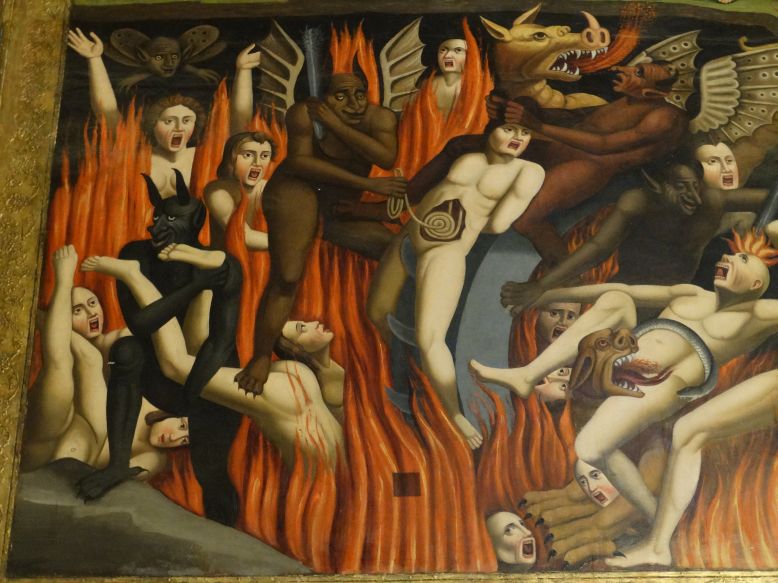

---------------------------------------
A museum next to Vank Cathedral houses many ancient Christian paintings and manuscripts. It is also home to the world's smallest book, which contains the Lord's Prayer written in several languages.
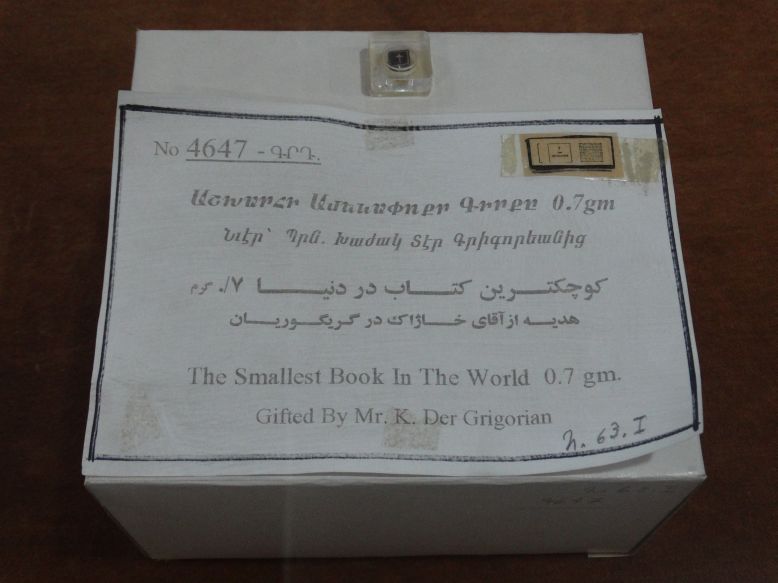
---------------------------------------
Impressive Sharzad Restaurant and a heaping serving of the lamb chops that have made the place famous.
